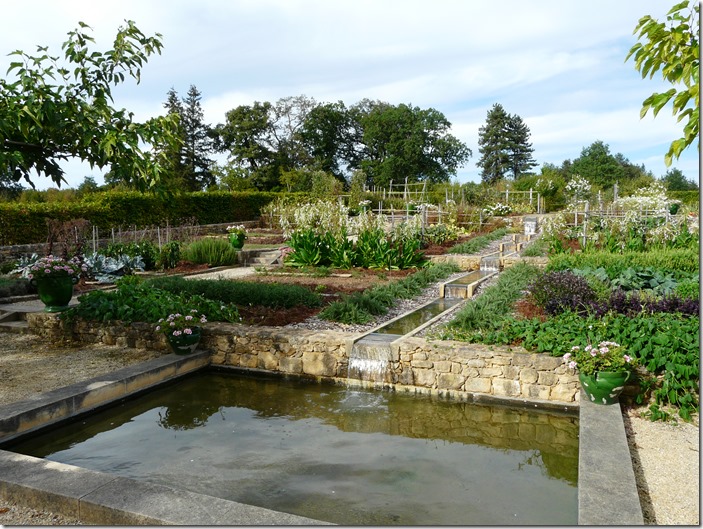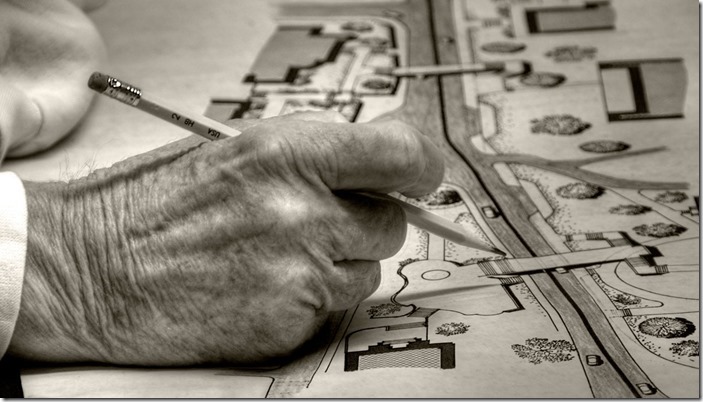
Clients: First Contact
How To Deal With Garden Design Clients.
Working with clients is of course a very personal thing and everyone will have different ways of approaching that all-important initial visit. However, these are some guidelines that I always try to follow and some observations that I have found endlessly useful.
The first contact with your client may be by phone, email or your website’s enquiry form.
It may surprise you how very little understanding there is of what goes into producing professional, workable design plans. I’ve found that a fail-safe way to initiate prospective clients into the design process is to set out, immediately following that first enquiry and in writing, the progressive stages to completion of plans, including your fee for a first consultation, whilst making clear that there is no commitment to proceed to the next, or following stages without prior agreement in writing (this need only be their signature on your prepared letter of agreement). Keep your letter clear, succinct and, importantly, enthusiastic. This gives your client the opportunity to consider what is involved, in private, before either of you commits to a consultation and without them having to reveal their ignorance of the process.
Never agree to ‘a gin and tonic on the terrace so you can give us some ideas…..’ This demeans your professional status and undermines the perception of the designer’s role for other practitioners. Nevertheless it’s not unusual for people to want something for nothing. Stick to your guns.
Let’s assume you have set a date for an on-site consultation. If two or more adults will be involved in decision-making try to ensure that they are all present when you meet. This may necessitate a weekend visit, when everyone is home from work, but will avoid arguments between partners in your absence, leading to fraught relations and ambiguity in decision making. Winter visits will also need to be made in daytime so that you can see the site in good light.
From the moment you open the gate to the property there will be clues everywhere to help you pitch your presentation to them and tune in to their requirements and objectives. Is the plot untidy or neat, is it a family home or a smart dual income no kids pad. What kind of house is it? What kind of car is in the driveway or garage? These clues might indicate possible budget parameters you will be working to even before the door is opened to you. Is there an existing garden and is it well-maintained or badly neglected? You might see immediately areas that could do with improvement that your clients haven’t even noticed. And as soon as you meet them you will be able to assess their taste in clothes, furnishings, colour schemes….. they could be conservative (beige sofas and net curtains), or fashionable, adventurous, open-minded……
It’s vitally important that your clients respect and trust you for the knowledge and skills that you are bringing to their garden project. If they also like you it’s a bonus. It is a skill in its own right to be able to impress clients, give them confidence in your abilities and be friendly and approachable. Don’t be arrogant with them.
Some garden owners will ‘test’ your plant knowledge by walking you round and appearing to forget the names of shrubs and plants. This may be pretense or genuine. Either way it’s annoying, especially in dormancy when there are no leaves or flowers as clues. However great or small your knowledge you won’t always have the answers so take a snipping and say you’ll identify it from your extensive plant library.





